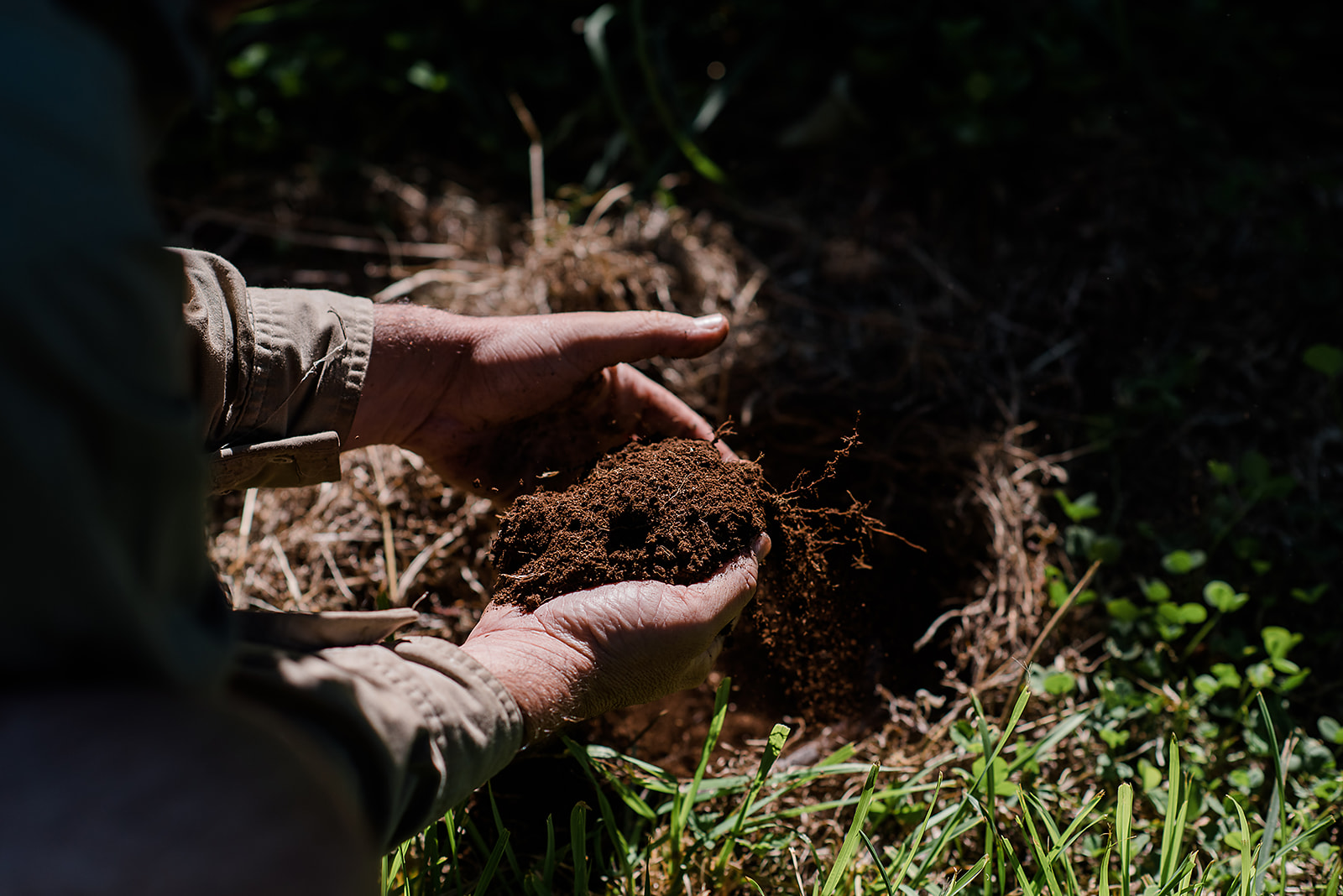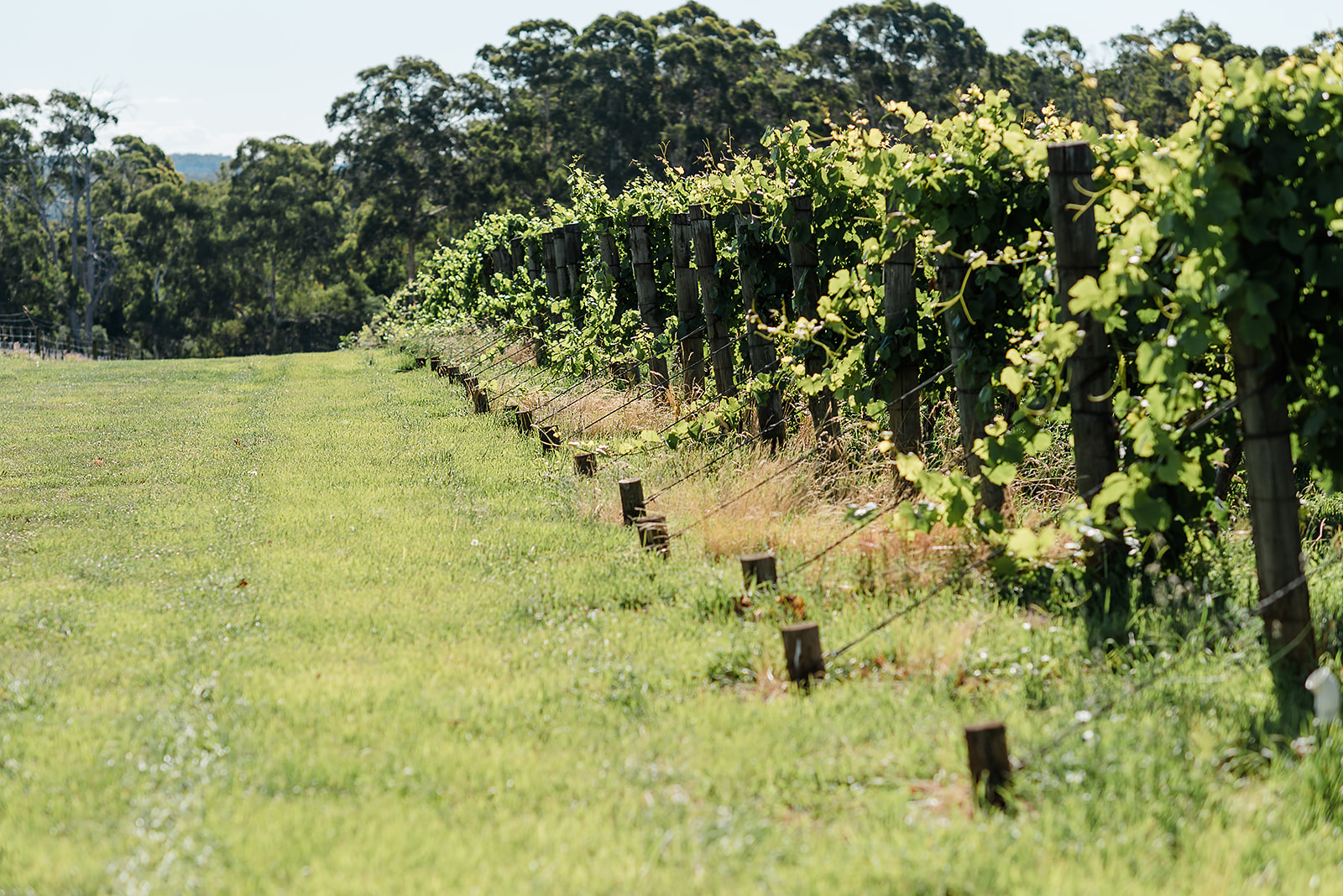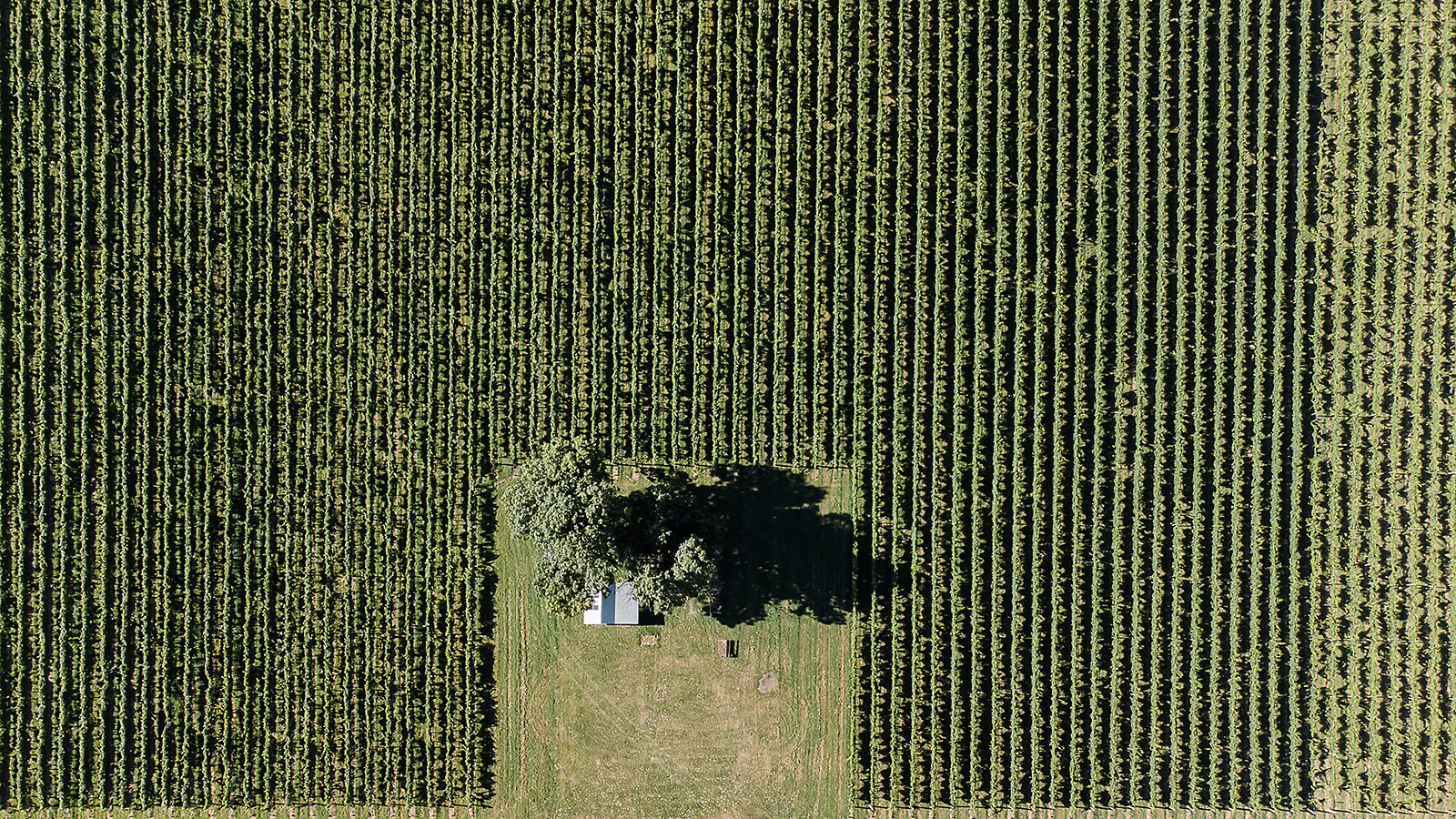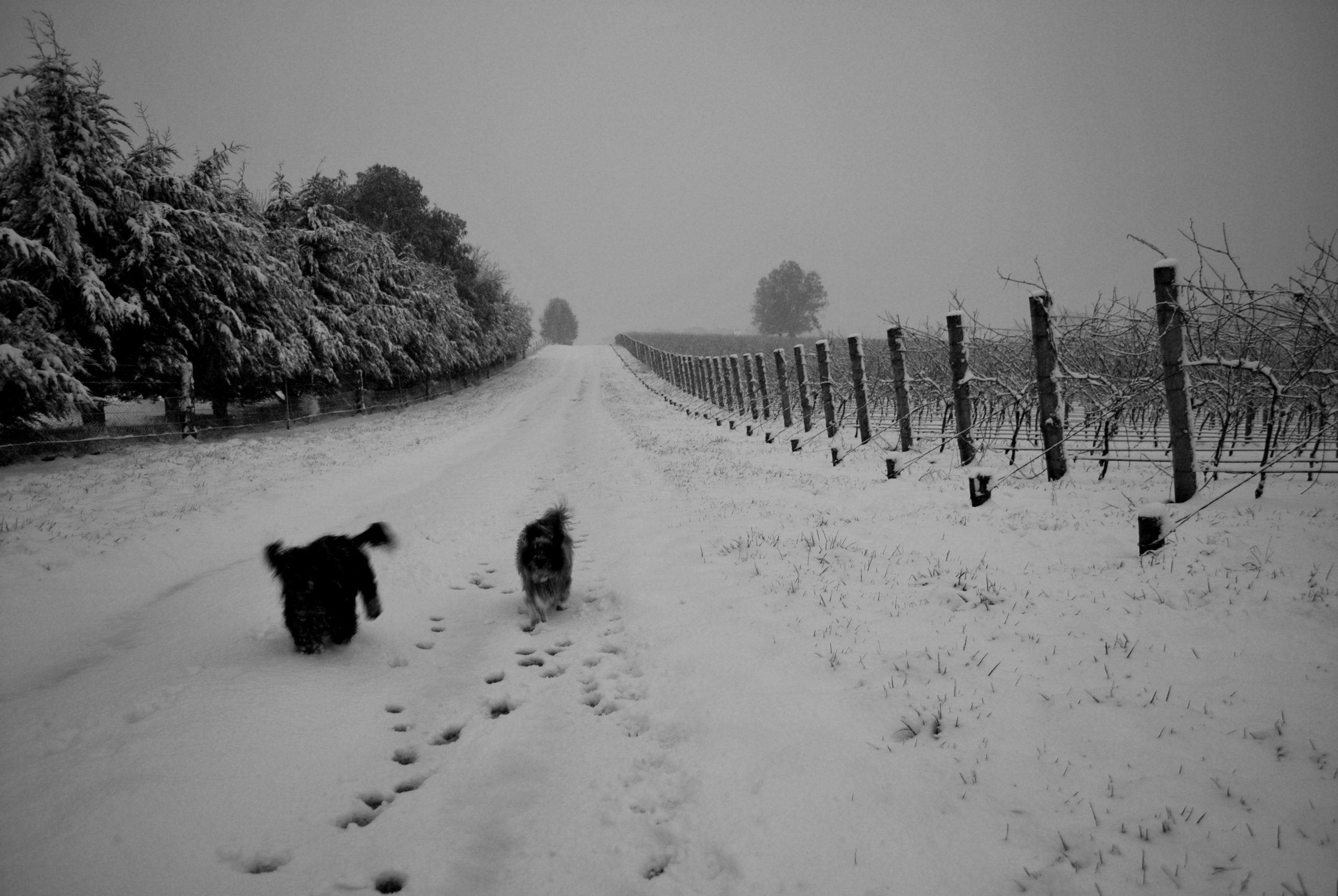
The Whitlands High Plateau is a peculiar place. Not quite alpine, not quite agricultural. It is unknown, remote, rugged, pristine & mountainous.
WHITLANDS THE WINE REGION
Whitlands unfortunately isn’t it’s own region. It is officially part of the King Valley despite vast differences in elevation, soil & climate. The 12km long plateau (which runs between Mansfield & Whitfield) ranges from 750 to 900 metres above sea level and due to the cold climate & fertile soil, is an ideal place to grow grapes for sparkling base and aromatic table wines. The first grapes were planted in the late 1980’s, there are now about 400 acres of grapes along the plateau in total.
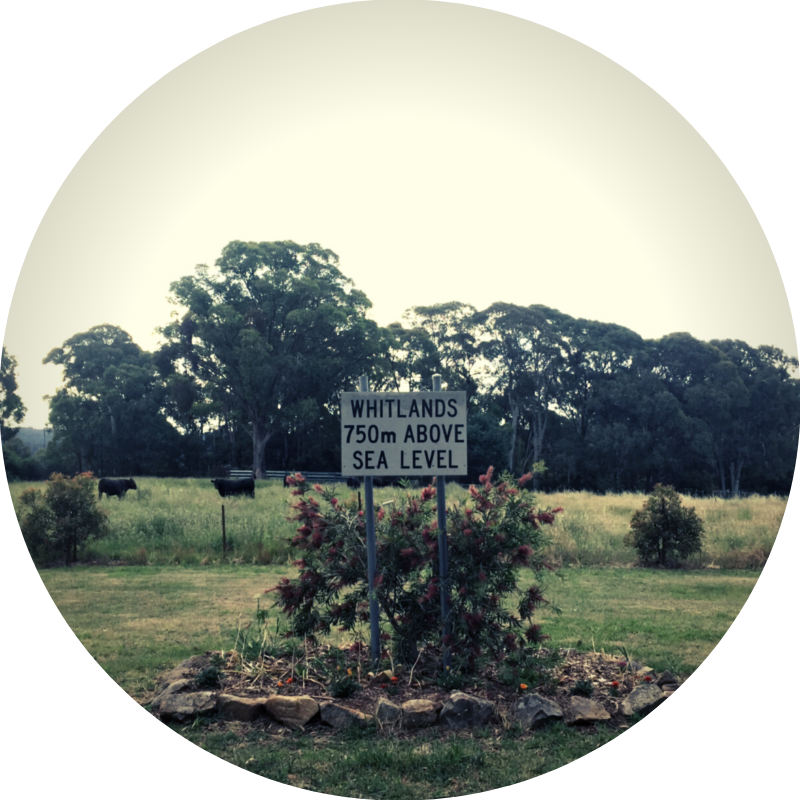
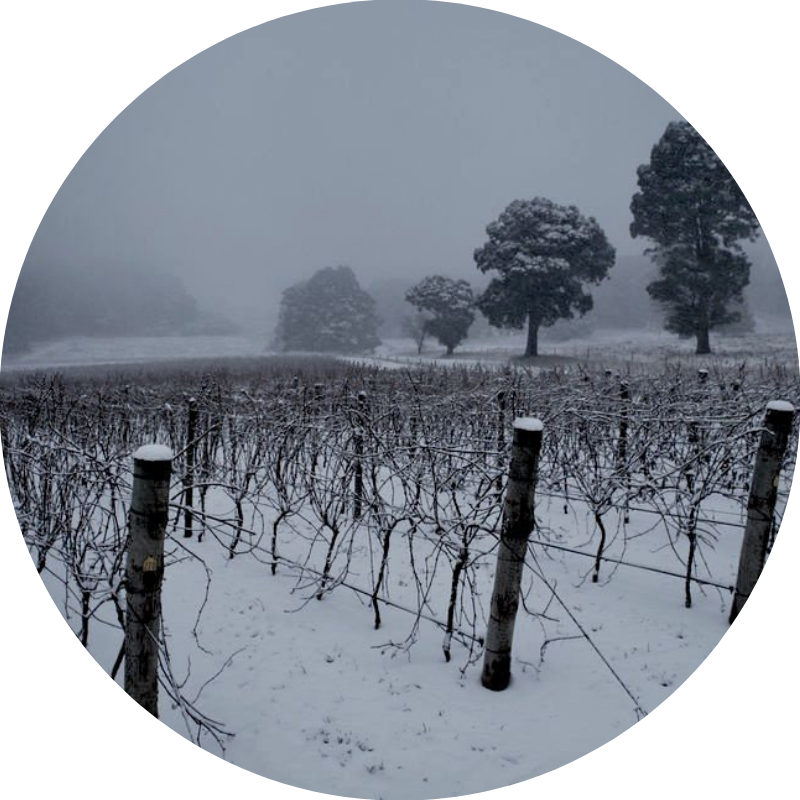
THE CLIMATE
The climate of Whitlands is genuinely cold. Cold sites result in long ripening, which in wine terms, translates in delicate aromas, layers of flavour and most importantly, high natural acidity. It is a key attribute to our wines; no matter their style or variety, the acidity is distinctive. It gives super fine texture, energy, expansiveness and sometimes even a little tingle.
OUR VINEYARD
Our vineyard is the highest altitude vineyard in Victoria, at 841 meters above sea level. Planted in 1998 & 2003, it is about half chardonnay, with pinot gris, pinot noir, pinot blanc & pinot meunier forming the balance. It is now about 29 acres in total. We have a very high annual rainfall (~ 55 inches) and our soil is nutrient rich, deep brown loam; incredible because of its water draining properties. See more details below.
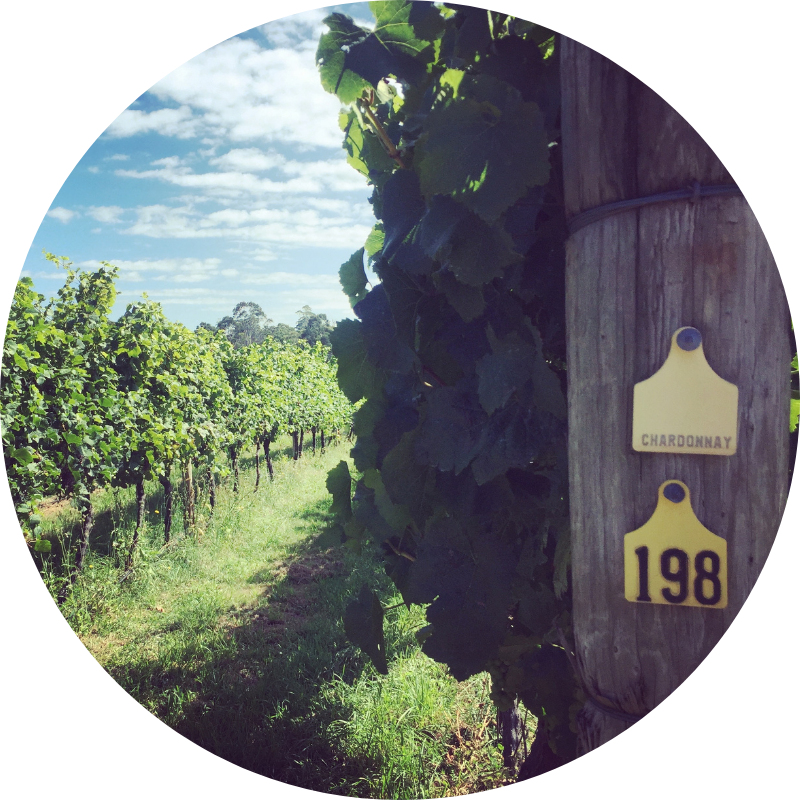
Our vineyard in more detail…
Soil
We’re by no means soil experts but we know we farm on a pretty unique site here. Our soil is classified (according to our maps), as ‘Devonian era volcanic loam’ – which is 419 million years old. Loam is a mix of sand and clay – ours looks like ground coffee and is quite soft to walk on. The volcanic origin lends nutrient density and fertility.
There are two defining factors from a viticultural perspective: firstly, that it is free draining. This means our very high rainfall doesn’t drown the vines. But, the clay component in the soil means that it holds enough to supply our unirrigated vines with water. It’s a delicate and fortuitous balance.
Secondly, the top soil is estimated to be 20-30 meters deep. This is both positive (nutrient availability for shallow roots or young plants) and negative in that it tends to encourage enormous root systems which promotes ‘vigour’ above ground. This is challenging but just part of the site and how we work with it.
Grape varieties
The original 1998 planting spanned 20 acres of chardonnay (I10V1), pinot noir (MV6, 115 & 114), pinot meunier. This section was planted on rootstocks on wide spacing. Five years later another 20 acres was added (also on rootstocks) on closer spacing and included pinot gris in addition to more chardonnay and a trial of pinot blanc. From 2021 we are undergoing a restructuring plan which includes some replanting and significant vine removal due to ongoing issues with trunk disease. As of 2022 the total area is 29 acres.
Climate, elevation and rain
Whitlands is one of coldest grape growing regions in Australia and is probably also the wettest – our average rainfall is 55 inches per year, with 2020 seeing even high numbers. Rain increases mould & mildew risk, which is by far our biggest issue in terms of management approach.
We’ve definitely seen and felt the effects of climate change over the last 5-8 years – it is probably a little warmer through the growing season but we’ve also seen an increase in hail & frost in Spring – both of which are capable of destroying our crop within minutes. Not ideal, but like most in agriculture, we’re doing what we can to mitigate and adapt.
And in terms of elevation, roughly speaking, for every 100m gain in altitude, a degree of temperature is lost. We’re about 500m higher than the King Valley below us and so even for somewhere so close, we’re typically 5-7 degrees cooler…this is the reason why the grape varieties planted in the King Valley are not suitable for Whitlands, and vice versa.
Photos by Georgie James @bygeorge_photo

